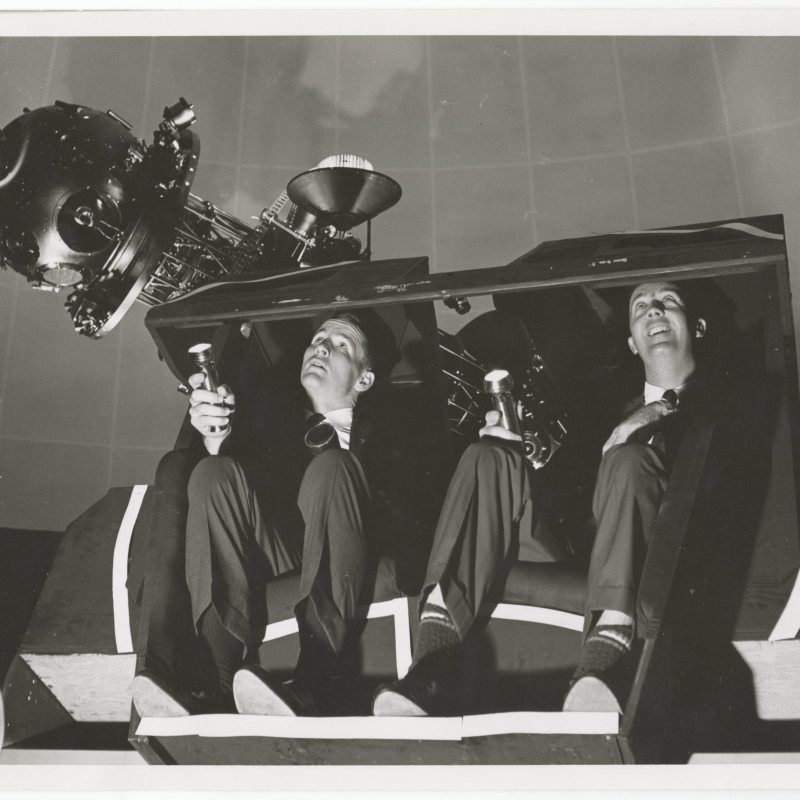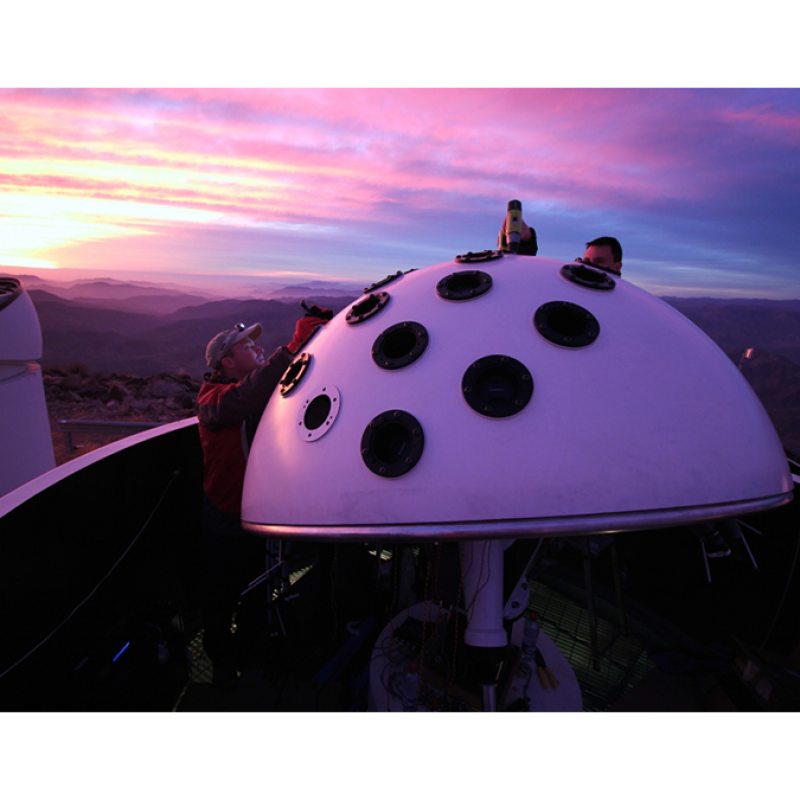Space journeys from Morehead
Astronauts of NASA's Mercury, Gemini, Apollo and Skylab programs received their navigation training at Carolina's Morehead Planetarium from 1959 until the 1970s.
Before Neil Armstrong made his giant leap for mankind, he first walked through the doors of the University's Morehead Planetarium.
From training the country's earliest astronauts to uncovering new knowledge about the universe, the University of North Carolina at Chapel Hill has played pivotal roles in space exploration and discovery.
To walk into Morehead Planetarium and Science Center is to walk in the footsteps of the men who walked on the moon.
Fifty years ago, on July 20, 1969, Neil Armstrong and Buzz Aldrin made history by leaving footprints in lunar dust. But before Apollo 11 made history, the two astronauts trained right here at Carolina’s Morehead Planetarium. Armstrong alone spent more than 125 hours training in Chapel Hill.
Learn more about Morehead’s training

Carolina has been studying the stars for more than 100 years, and today’s students and faculty members in the College of Arts & Sciences’ physics and astronomy department are continuing to ask and answer major questions about the world around us and the universe beyond us.
With the largest university-based nuclear physics lab in the nation and access to major telescopes all over the world, the department is at the forefront of research into crucial and fascinating topics, including black holes, dark matter, supernovae and the evolution of habitable planets.

Astronauts of NASA's Mercury, Gemini, Apollo and Skylab programs received their navigation training at Carolina's Morehead Planetarium from 1959 until the 1970s.
Assistant professor Andrew Mann is building small satellites in campus makerspaces to discover young planets that could one day sustain life.
Carolina researchers conducted a study using a first-of-its-kind telescope to monitor 50 million stars and discover new planets.
Laura Mersini-Houghton has seen six of her predictions about the origins of the universe verified — a feat that’s grabbed everyone’s attention, from documentary filmmakers to the late Stephen Hawking.